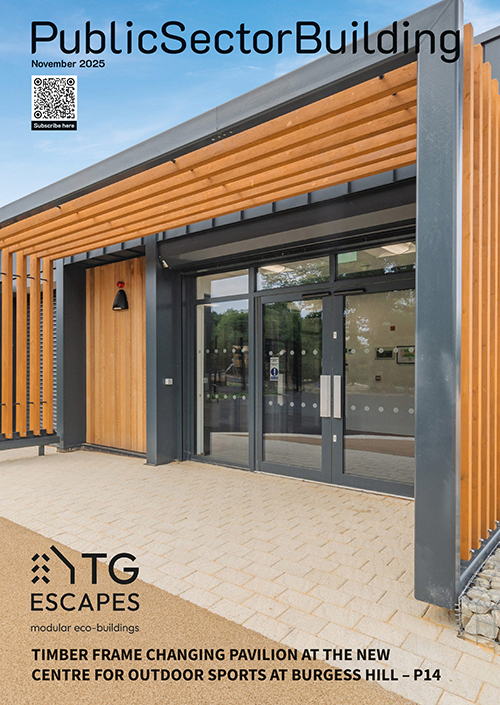Jacksons Fencing first created the Jakoustic® acoustic barrier in 2004, and it has stayed true to its original design ever since. With a natural timber construction and a 25 year guarantee, it provides privacy, security, sustainability and aesthetical qualities that haven’t been rivalled by any other timber acoustic barrier on the market.
Thanks to its inventive design featuring timber tuning fork posts and tightly sandwiched tongue and groove boards, it provides sound reduction of up to 28dB, 32dB if the absorptive variant is chosen.
But what makes an acoustic fence effective?
There are a few absolute must-haves in an acoustic fence which many options on the market fail to recognise, namely, surface mass density, and solid construction. Simply put, the fence needs to have a certain amount of weight, and it needs to form a completely airtight system.
The bulk of the noise can then be stopped from travelling straight through the structure, as is the case with standard timber fencing. An effective acoustic fence should be at least 25mm thick, and have a mass of 10kg/m2.

Jacksons’ acoustic barriers are constructed from 34mm thick timber boards, with deep V joints that minimise gaps that sound could travel through.
The timber used is carefully selected to allow for the barrier to be treated and guaranteed, while improving aesthetics and reducing the amount of natural defects such as knots, that would allow more sound to pass through.
Barrier height is also important; the fence should be high enough so that sound waves do not travel over it, and posts should be of the correct specification to match. Timber posts should be supported using steel spur posts for anything between 2 – 3 metres high, and steel I beams should be used for any height above this to provide strength and safe wind-loading.
Good aesthetics
Good aesthetics are a secondary feature, but should always be considered, particularly as the structures are generally very tall, so they could become an eyesore.
The type of noise barrier used depends on the application, and a sound engineer should always be consulted for an expert opinion on whether you need absorptive or reflective acoustic fencing, and to determine the distance between the noise source and the barrier.

It’s always best to choose kiln-dried, pressure treated timber acoustic barriers with a 25 year guarantee. While the initial investment is higher than cheaper options, if you factor in the cost to replace fencing with a shorter guarantee due to rot and insect attack or other common failures, the long-term cost is much cheaper.
Not to mention that sustainability is improved with a high quality, long-lasting option – less fencing goes to landfill, and fewer installations means the impact on animal habitats is reduced.
Contact Jacksons Fencing for more information on their timber acoustic barriers.
Jacksons Fencing recently talked about whether or not security fencing helps or hinders hedgehogs. To read it, click here.




